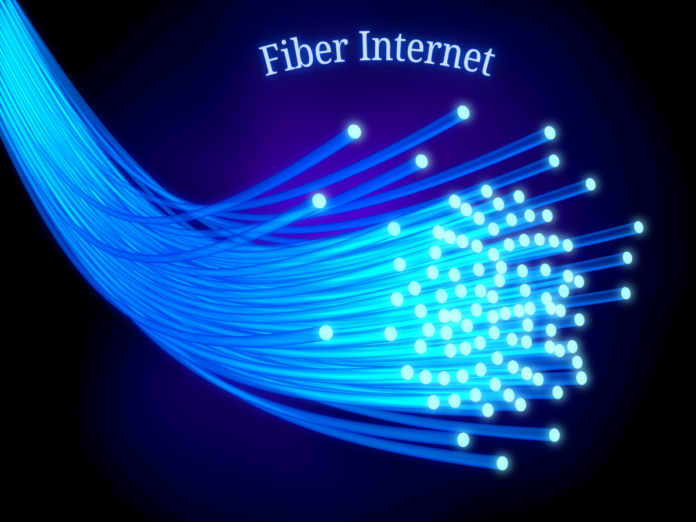Fiber internet, or fiber-optic internet, is a type of broadband. It uses fiber-optic cables to deliver data at very high speeds. Unlike traditional internet connections, fiber-optic cables are thin glass or plastic strands. They do not use copper wires or coaxial cables. They send data using light signals. This technology offers many advantages: speed, reliability, and performance.
How Fiber Internet Works
Fiber-optic cables send data as pulses of light through glass or plastic fibers. Each fiber can carry multiple light signals at once. This allows for much higher bandwidth than copper cables. These fibers have protective coatings. They ensure durability and performance over long distances. The light signals are then changed into electrical signals. Your devices can understand these.
There are two main types of fiber-optic internet connections:
- Fiber to the Home (FTTH): This type delivers fiber-optic connections directly to homes. It provides the highest speeds and reliability.
- Fiber to the Node (FTTN): In this type, the fiber-optic connection reaches a central node. From there, copper or coaxial cables connect to individual homes.
Advantages of Fiber Internet
Fiber internet offers many benefits over other types of internet connections:
- Speed: Fiber-optic internet can provide speeds of 1 Gbps or higher. That’s much faster than DSL or cable internet.
- Reliability: Fiber cables are less prone to interference and signal loss. They provide a more stable, consistent connection.
- Bandwidth: Fiber internet has high bandwidth. It can handle multiple demanding tasks at once, like gaming, streaming, and video calls.
- Latency: Fiber-optic connections have lower latency, which means less delay in data transmission. This is crucial for real-time applications like online gaming and video calls.
- Future-Proof: As technology advances, the demand for faster internet will grow. Fiber-optic infrastructure is well equipped to handle these future demands.
Applications of Fiber Internet
Fiber internet is ideal for a wide range of applications, including:
- Streaming HD and 4K Video: High-speed fiber internet ensures smooth streaming without buffering.
- Online Gaming: Low latency and high speeds provide an optimal gaming experience.
- Remote Work and Learning: Reliable connections support video conferencing and large file transfers.
- Smart Home Devices: High bandwidth allows multiple smart devices to work together.
Conclusion
Fiber internet is the future of broadband. It offers unmatched speed, reliability, and capacity. As demand for faster, reliable internet grows, fiber-optic tech will be the standard for ISPs. Fiber internet is a great solution for today’s users. It works for streaming, gaming, remote work, and smart home use.
Fiber internet gives users a better online experience. It can handle the demands of tomorrow’s digital world.


